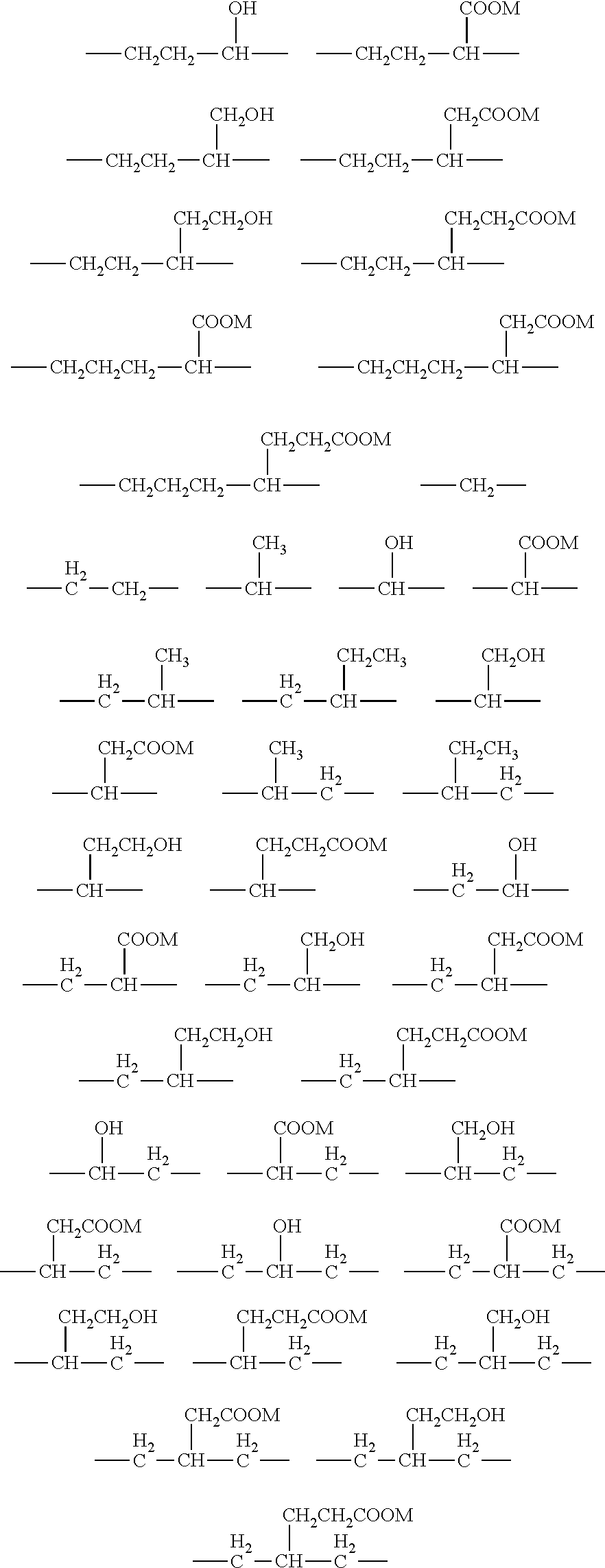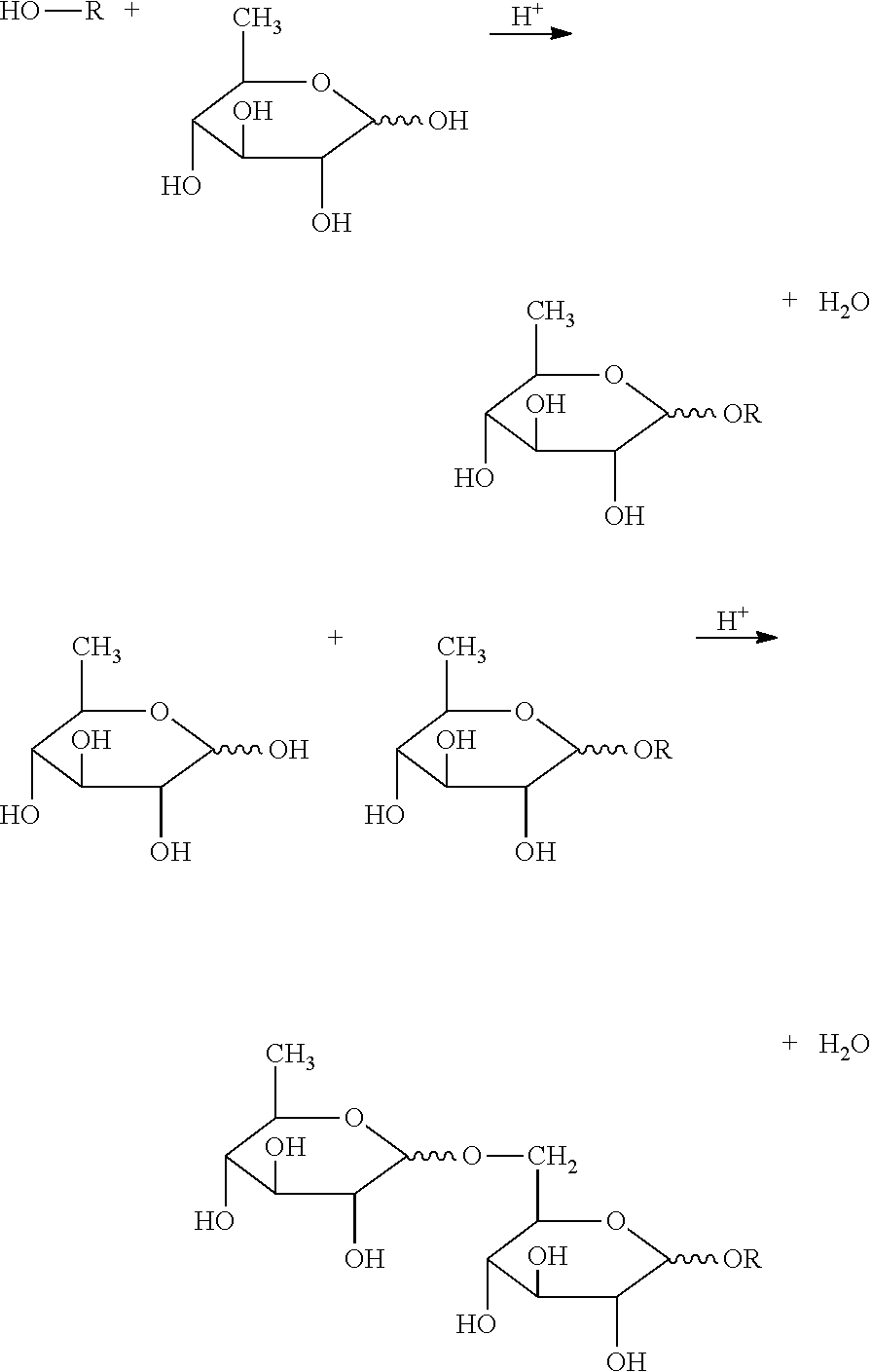Breaker and displacement fluid
a technology of displacement fluid and breaker, which is applied in the direction of fluid removal, chemistry apparatus and processes, and wellbore/well accessories, etc., can solve the problems of high initial and operational costs of oil-based drilling fluid and mud, significant torque and drag on the drill string, and avoid problems such as precipitation
- Summary
- Abstract
- Description
- Claims
- Application Information
AI Technical Summary
Benefits of technology
Problems solved by technology
Method used
Image
Examples
example 1
[0079]In Example 1, testing was designed to replicate calcium formate salt precipitation in divalent brines noted in the field. Neat ECF-974 was added to divalent brines, CaCl2 and CaBr2, in varied density ranges using % volume concentrations of ECF-974 in brine, 35:65 & 45:55 to replicate typical breaker volume loadings. ECF-974 is a non-aqueous fluid including the hydrolysable esters of carboxylic acid, ethanediol monoformate and ethylene glycol diformate. The CaBr2 brine testing series included densities of 11.0 lb / gal to 14.0 lb / gal in 0.5 lb / gal step increments. Meanwhile, the CaCl2 brine testing series include densities of 9.5 lb / gal to 11.5 lb / gal in 0.5 lb / gal step increments. Fluids were formulated and heat aged at 180° F. and compatibility, etc., was noted after 4 hours, 24 hours, and 72 hours. The results are shown in Table 1.
TABLE 1ECF 974 Brine CompatibilityCaCl29.0 PPG9.5 PPG10.0 PPG10.5 PPG11.0 PPG11.5 PPG11.6 PPGSeriesCaCl2CaCl2CaCl2CaCl2CaCl2CaCl2CaCl235% v / v ECF 97...
example 2
[0081]In Example 2, testing was conducted to determine if dry NaH3-GLDA could be premixed with neat ECF-974 to simplify rig mixing and mitigate the precipitation of calcium formate. It was determined that NaH3-GLDA could be mixed to maximum concentration of 35 wt % in neat ECF-974. However, above 25 wt %, fluid viscosity increases substantially and requires moderate heat (100° F.) to promote complete dissolution. Fluids were transparent and light amber colored with intensity increasing with increasing wt % NaH3-GLDA. No incompatibilities were observed. It should be noted that the addition of NaH3-GLDA to neat ECF-974 is mildly exothermic. Fluids were heat aged for 5 days at 180° F. with no incompatibility noted. In addition, initial and post heat aged pH's were measured and remained stable, indicating no change or chemical reaction by the addition of NaH3-GLDA to neat ECF-974. Additionally, several tests were performed where ECF-1840 was added to ECF-974 with and without the additio...
example 3
[0082]In Example 3, tests were performed using varied wt % NaH3-GLDA in ECF-974, in the presence of 11.5 lb / gal CaBr2 brine, with and without the addition of ECF-1840 in various concentrations. This testing was intended to replicate conditions observed in the field. The fluid formulations also contained FAZEMUL, which alone presented mild turbidity in neat 11.5 lb / gal CaBr2 brine. The test fluid formulations are shown in Table 3. Initial compatibility was noted and fluids heat aged at 180° F. for 5 days with no incompatibility or precipitation observed. After 24 hours, fluids were all transparent and remained compatible for 5 days @ 180° F.
TABLE 35 wt %10 wt %15 wt %20 wt %25 wt %NaH3 GLDA + Neat D-Structor (ECFGLDA inGLDA inGLDA inGLDA inGLDA in974) w / o ECF 1840 in 11.5 CaBr2974974974974974Brinemlmlmlmlml11.5 CaBr2 Brine (60% v / v)1515151515FAZEMUL (5% v / v)1.251.251.251.251.25ECF 974 w / NaH3 GLDA (35% v / v)8.758.758.758.758.75ECF 1840XXXXX5 wt %10 wt %15 wt %20 wt %25 wt %GLDA inGLDA...
PUM
| Property | Measurement | Unit |
|---|---|---|
| wt % | aaaaa | aaaaa |
| weight ratio | aaaaa | aaaaa |
| temperatures | aaaaa | aaaaa |
Abstract
Description
Claims
Application Information
 Login to View More
Login to View More - Generate Ideas
- Intellectual Property
- Life Sciences
- Materials
- Tech Scout
- Unparalleled Data Quality
- Higher Quality Content
- 60% Fewer Hallucinations
Browse by: Latest US Patents, China's latest patents, Technical Efficacy Thesaurus, Application Domain, Technology Topic, Popular Technical Reports.
© 2025 PatSnap. All rights reserved.Legal|Privacy policy|Modern Slavery Act Transparency Statement|Sitemap|About US| Contact US: help@patsnap.com



